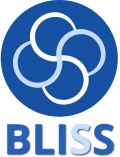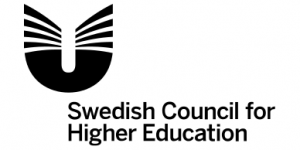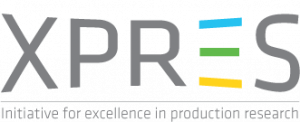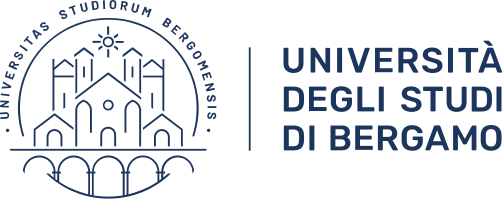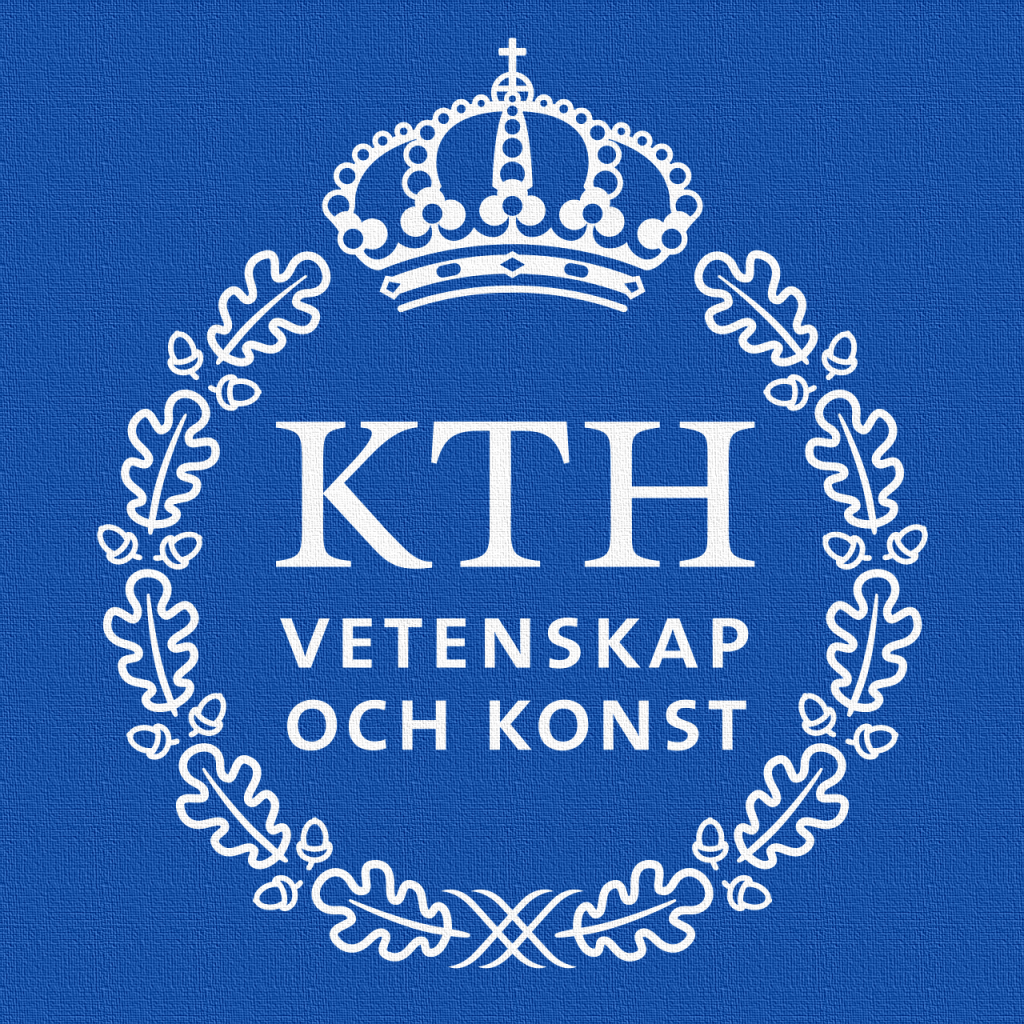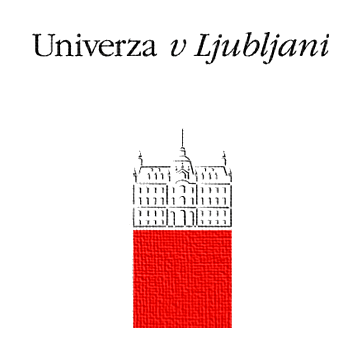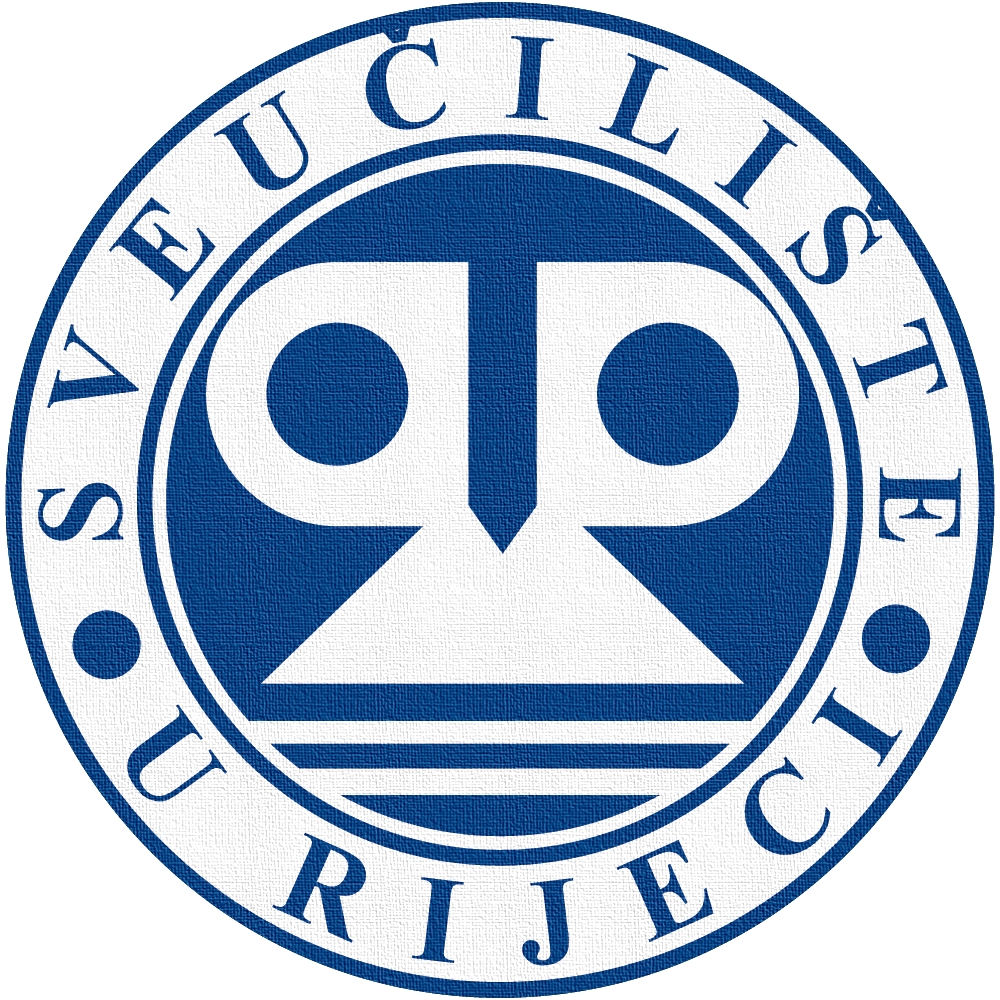- Feb 2022- Jan 2025, Stockholm, Sweden
Blended Learning Implementation for reSilient, acceSsible and efficient higher education
KA220-HED – Cooperation partnerships in higher education

Introduction
The current Covid-19 pandemic has forced Higher Education Institutions (HEI) across the world to re-think, in a very short time, their learning strategy. Educational systems have been heavily tested in terms of: (1) availability and use of resources; (2) capability to ensure accessibility for the students. In parallel, the engineering domain has developed futuristic trends connected with the Industry 4.0 vision and key technologies for fast manufacturing and remote working.
HEI in the domain of engineering have a twofold challenge in front of them: the alignment of the pedagogical approach and the renewal of the curricula´s content. Blended learning (BL), or hybrid learning, emerged long before the Covid-19 pandemic as a powerful tool to address those challenges identified above. BL is, in short, an approach to education that combines the best of online education and traditional face-to-face interaction with teaching staff. Recently, Covid-19 has accelerated the shift towards hybrid learning approaches by giving a decisive push to an already established trend.
The main challenge to implementing BL is its broad definition as a pedagogical approach: the fragmented available literature shows many ways of implementing it, that are often connected with the specific learning outcomes in target and not readily transferable to generic cases
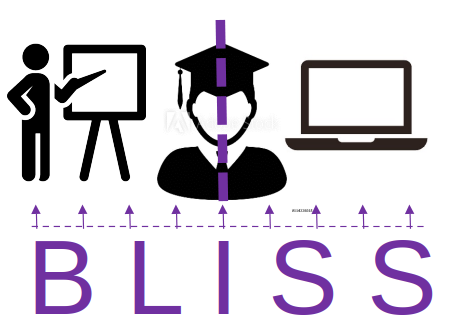
Objectives
- Design and implementation of specific educational units
- Methodological support to blended learning strategies in HE curricula
- Increase of efficiency and resiliency for the educational system
- Improved accessibility for the students
- Leverage the recent experience of the consortium during the Covid-19
Key Actions
- Analysis of the response to Covid-19 of the involved organizations
- Analysis of the available literature in BL
- Classification of the activities in current engineering curricula
- evelopment of the selected educational units using BL approaches
- Implementation and improvement based on learners’ feedback
